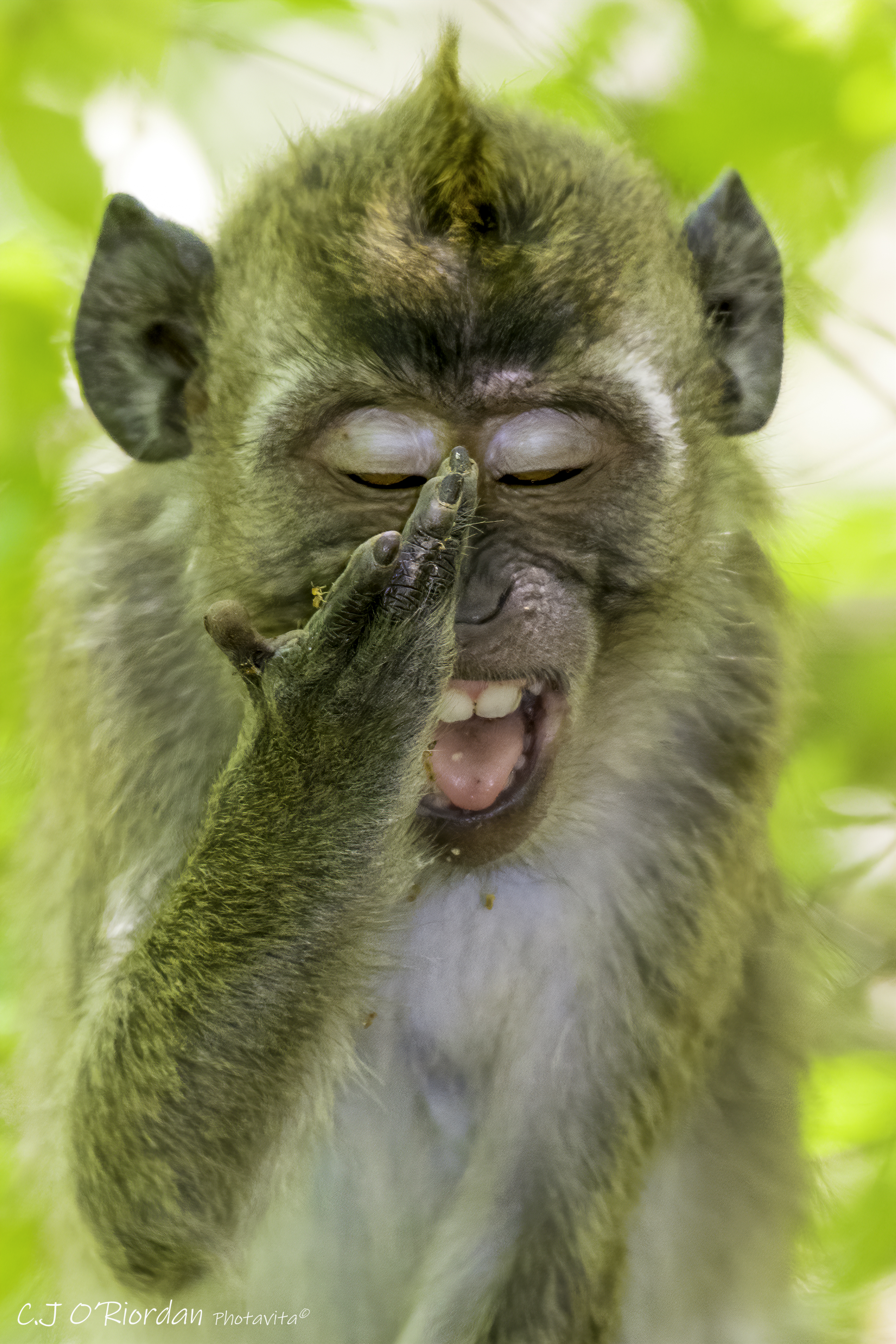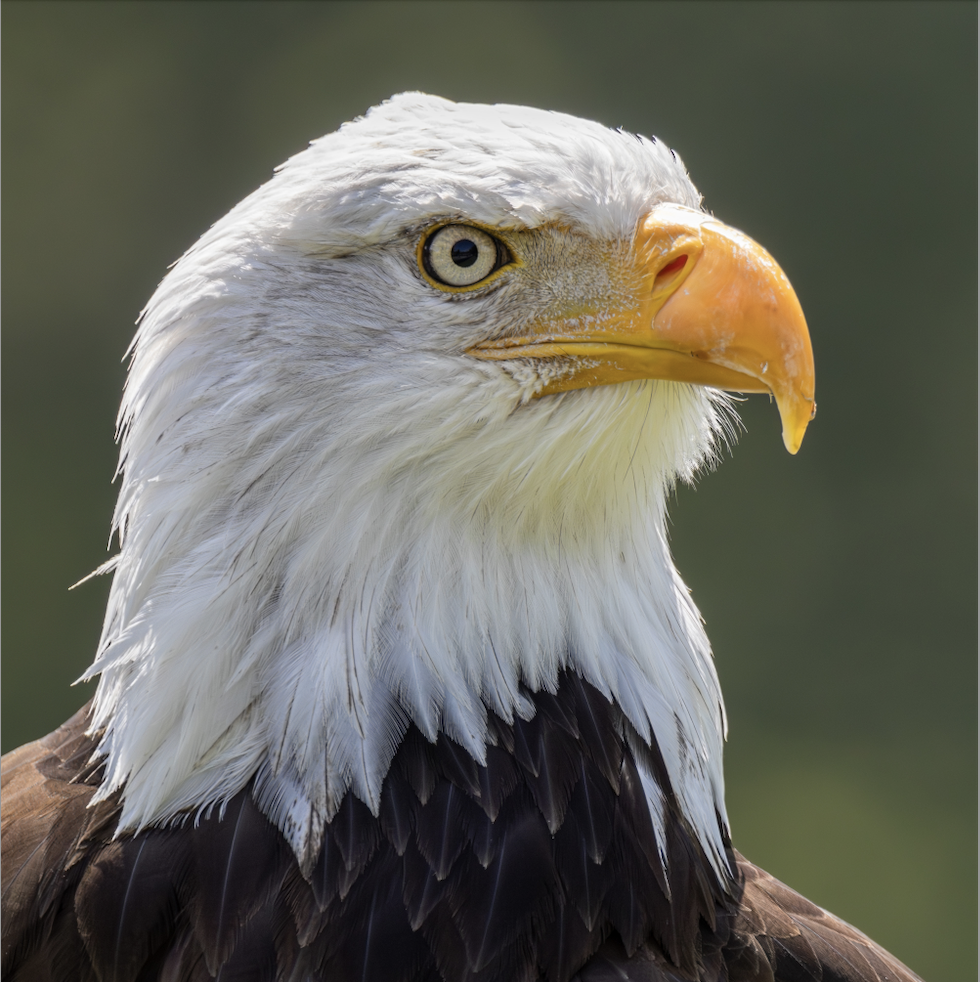Great Tit (Parus major)
Nikon D7200, Nikon 200-500mm f/5.6
f/6.3, 1/500s, ISO 500, 500mm Cambridgeshire 2019

The largest Tit species found in the UK, its range covers almost the whole of the mainland, apart from the highest parts of the the Scottish highlands.
It can be a bit of a bully and I see it on our bird feeders pushing off other species including Starlings, which takes some doing!
It has a distinctive call that sounds very much like Teacher! Teacher!


Thanks bumps 😁 (it is the Dutch for bumps isn’t it?)
Lol I call to my crows when I put fat balls out for them. My wife thinks I’m nuts but they do listen to me!
I’ve never seen a chickadee I’m afraid, we don’t have them in the UK.
Ah, but you have seen them, in a manner of speaking. To quote Wikipedia:
I’m sure I’m wrong, but I imagine some colonist puritan going “We can’t keep talking of shameful female things… we will henceforth refer to them as chickadees”
Lol yes I can definitely see them getting hot under the frilly collar!
My understanding is that the Chickadees were moved to the genus Poecile (was a sub-genus) which does contain some birds called tit e.g. Willow Tit but is genetically distinct from the other genera that contain the UK birds we call Tits e.g Cyanistes (Blue Tit) or Parus (Great Tit). However, they are in the same Paridae family which are commonly referred to as the Tit family lol I think that’s why using common names becomes an issue when you need to be specific. Https://en.wikipedia.org/wiki/Tit_(bird)
I also think the problem is, since the advent of genetic testing, we are finding many species need recategorising. And even though the scientific names change the common names are unlikely to.
Yep, it’s bumps. Does “drempels” ring kinda funny to english speakers too?
Also never seen a chickadee, i think it is really cool that they seem quite a bit less scared than the tits here.
I like the sound of the word dremples. It is a bit like our word dimples, but that is the physical opposite of bump, rather it means a pit or depression.
Is Achtung Dutch also, I know it from the German, I assume it means the same e.g Attention!
I see you like cycling, it makes sense Attention! (Speed) Bumps! 😁
A German friend actually saved my life with that word. I was about to step out in front of a fast moving car that was going the wrong way down a one way road. He yelled Achtung! I looked around to see why he had suddenly spoken German when we had been speaking English and my foot, that was in mid-step off the pavement, scraped down the side of the car. It didn’t stop and I was left a bit stunned to say the least!
No yeah, achtung is german, the dutch “let op drempels” was already taken on reddit so i made it achtung, then transferred it over to lemmy. “Let op drempels” is one of, or maybe even the most known dutch phrase in germany, and i feel everybody also thinks it’s a bit funny.
Glad the achtung shout out worked out and you live to post us some fantastic bird pictures :)